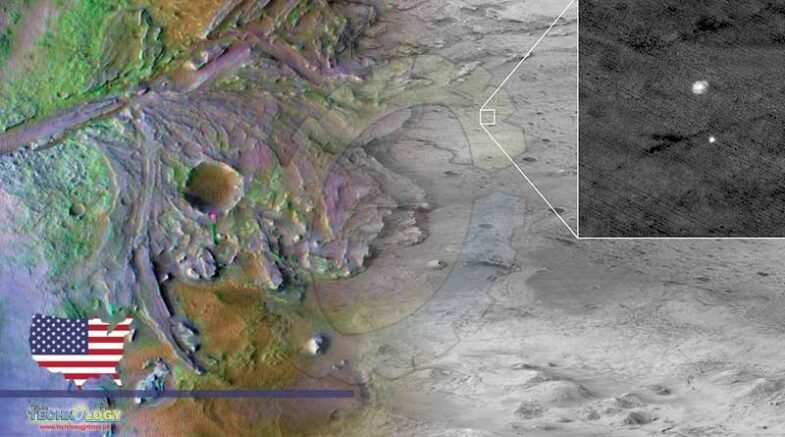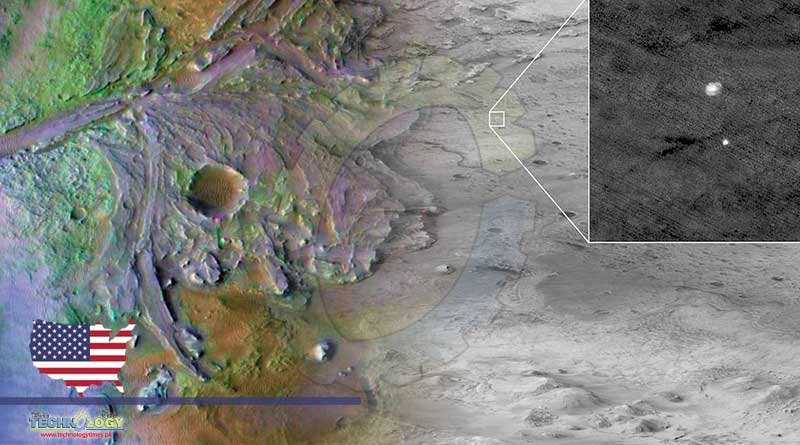NASA’s Perserverance rover landed on Mars, with the help of some planetary scientists from Brown University who picked its landing spot.

NASA’s Perserverance rover landed on Mars last week, but not without the help of some planetary scientists from Brown University who picked its landing spot.
The rover landed on Mars in an area known as the “Jezero Crater,” which is an ancient Martian Lake in a region north of the equator called the “Isidis Basin.”
“That bowl is twice the size of the state of Rhode Island, so it’s a huge body of water,” Jim Head, a professor of planetary science at Brown, said. “Basically, it’s dried up now, and if there was life there, this is the greatest place to look for it.”
Researchers first discovered the potential landing site in 2005. They went on to continuously recommend the region to NASA as a potential place to for Perseverance to investigate.
The unique geologic formation of the delta around the Jezero Crater is similar to what can be found on Earth, according to Head.
“In the past history of Mars, it’s thought that it was warm and wet much like Earth is today,” Head said. “So it’s a laboratory of the origin of life. The sediment gets washed in on the delta, and lots of organic material gets washed in there, too.”
“We’ll be doing sophisticated analysis of organic material, but we’re also looking for fossils,” he continued.
Perseverance is expected to start moving on the Martian surface in the coming weeks.
By then, Ingenuity, a drone helicopter, could give everyone a unique and different view of the planet.
“If it does, it’s going to help us go out in front and scout and look for other areas we want to go to and help us broaden our view,” Head explained.
Both Ingenuity and Perseverance could not only broaden NASA’s view of Mars, but also provide insight into what could potentially happen on Earth.
“We’ll essentially be studying Martian climate change,” Head said. “We’ll learn huge amounts of about our own planet from this and where we will go in the future.”
Over the next two decades, astronauts may be walking on Mars. This mission will also provide testing a method for creating oxygen in the Martian atmosphere, potentially locate underground water and gain a better understanding of Martian weather.
Brown University’s involvement with the exploration of Mars dates back to the 70s when planetary scientists worked on the imaging system for the Viking lander, which sent the first pictures back from Mars.
Originally published at WPRI
